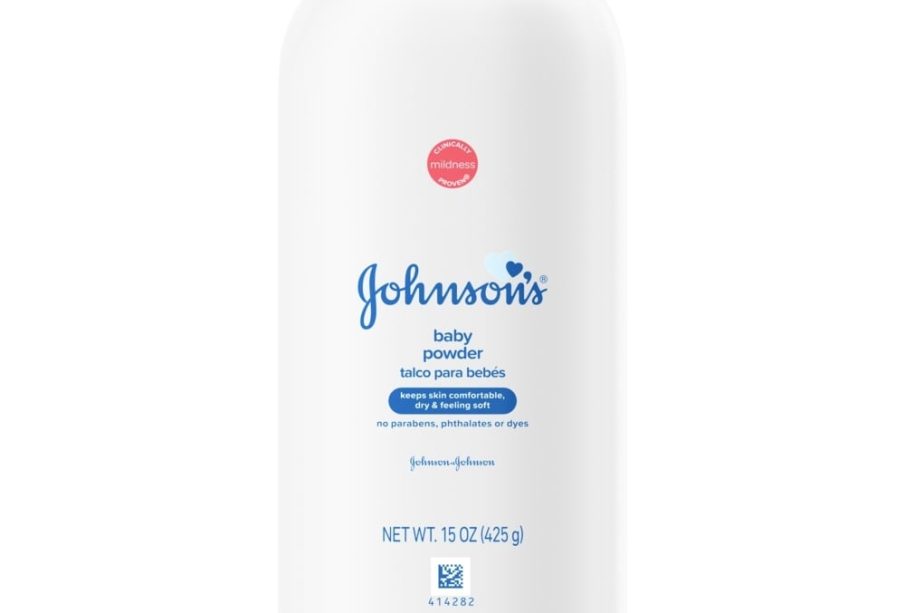Johnson Baby Talcum Powder: A Closer Look at Safety Issues

Introduction
The safety of Johnson Baby Talcum Powder has come under scrutiny in recent years, raising significant concerns among consumers and health officials alike. The product, a staple in many households for decades, has been linked to potential health risks, specifically regarding ovarian cancer and respiratory problems. Given its widespread use, understanding these issues is crucial for parents and caregivers when choosing products for infants and children.
Recent Developments
In 2023, Johnson & Johnson announced a decision to stop selling talc-based baby powder in the United States and Canada, a move attributed to declining sales and ongoing litigation. The company has faced thousands of lawsuits claiming that the product contains asbestos, a known carcinogen, which spurred various health-related concerns. Despite J&J’s assertion that their talc is safe and asbestos-free, the public’s trust has been shaken, prompting a shift toward alternative products.
Amidst these developments, significant studies have unearthed links between talcum powder and health issues. A major study published in the European Journal of Cancer Prevention pointed to evidence suggesting a correlation between long-term use of talc powder and an increased risk of ovarian cancer in women. Moreover, respiratory hazards in infants, particularly when in powder form, have been highlighted by the American Academy of Pediatrics (AAP) as a cause for concern.
Consumer Reactions
The response from consumers has been varied. Some parents have opted to discard their talcum powder products altogether in favor of cornstarch-based alternatives, which are considered safer. Retailers have also noticed a shift as more consumers demand transparency in the products they use, leading to a rise in natural and organic baby care items.
Furthermore, the controversy surrounding Johnson Baby Talcum Powder has not only affected the company’s sales but has also triggered calls for a more rigorous regulatory environment surrounding personal care products. Advocates are pushing for clearer labeling, stricter testing for harmful substances, and increased oversight from governmental health agencies.
Conclusion
As the debate surrounding Johnson Baby Talcum Powder continues, it is imperative for consumers to stay informed about the products they use. Awareness of potential risks and legislative developments will help guide better choices in infant care. While the future of talcum powder remains uncertain, this case underscores a larger conversation about safety in consumer products and the ongoing need for corporate accountability. Parents are increasingly seeking reassurance that the items they bring into their homes are safe, which may ultimately lead to lasting changes in product formulations and regulations.









